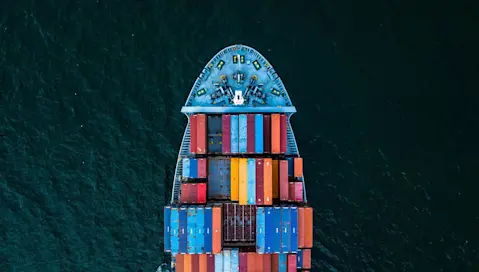Global Trade Management Compliance Issues
Global Trade Management Compliance Issues
Share
Global Trade Management Compliance Issues
8 Sep 2016
Aptean Staff Writer
Twist or turn it, compliance issues in global trade are a component of non-tariff barriers. With duty barriers ever decreasing, average duty rates went down from 8.55% in 2000 to 4.74% in 2014,[i] it is difficult to substantiate claims that non-tariff barriers have been put into place instead. However, the international focus on trade compliance, ranging from import facilities to export licenses for dual-use goods, has increased over the years, with more countries following the United States regarding the export compliance side and the European Union when it comes to simplified import facilitation
Legal
A wide variety of legislation applies to the shipment of goods. An export shipment from the US going into the EU seems innocent enough, but at the very least a restricted party check has to be performed. If a dual-use item is shipped, product screening and possibly export licenses have to be applied. Shipping documents are required. Import and export declarations need to be filed. Customs value and HS codes need to be declared or identified. Not complying with these (inter-)national customs requirements results in delays at the very least to time in prison at the most, with financial penalties and export restrictions in between.
Often times, complying with customs legislation is complicated as some facets, such as license requirements, will be different based on the tradelane, and different types of licenses or compliance issues may arise based on the exact country of export and import combination.
Enforcement of export legislation has become particularly strict. A few simple rules will reduce the risks of non-compliance:
Ignorance is not bliss - neglecting applicable legislation is not a great defense. If you are uncertain about what compliance regulations you are subject to, use the authorities as a resource, they are very willing to assist.
Establish procedures - set up a compliance program just as you would a quality assurance or a customer support program. Be diligent, retain historical data, be thorough, and commit.
Document - any claim made (for customs valuation, preferential origin, classifications, etc.) may need to be substantiated, which is nearly impossible without documenting findings. External opinions can be obtained to substantiate.
“I didn’t know” isn’t a good answer - awareness should not be limited to the few people dealing with trade compliance. Just as with other compliance programs, such as the Foreign Corrupt Practice Act (FCPA), company-wide awareness is needed to ensure no one is out of sync. For example, run Restricted Party screening checks on sales leads, instead of on orders, to avoid potentially unnecessary work. Involve the product engineers in the product classification to ensure the right classification is identified and the proper license requirements and import duties applied.
Practical
Having a compliance program in place does not ensure smooth sailing. Trade compliance is a collaborative effort, especially in the supply chain, where you are dependent on partners for certain data. Their efficiency will affect your programs. Getting your supply chain partners in sync with your compliance programs will result less issues and fewer delays, as well as faster resolution should compliance issues occur.
While it can be a challenge to get all supply chain partners on the same page, it is recommended to review opportunities for the following:
Specify in contracts what you expect from the supply chain partners to deliver and assist with.
Do not only rely on the sales or buying representative; coordinate with compliance personnel.
Share experiences and issues through periodic meetings.
Use portals where possible; these can be constructed in a way so that partners can view or edit data and report as needed.
Prepare For The Unexpected
While it may be an over-used cliché, it applies to well-oiled supply and compliance chains. Run a mock audit. While not necessarily a fun exercise, it will point out the weaknesses in your compliance program. Ask your supply chain partners for support documentation on some invoices or customs values, ask a supplier for verification of an origin statement, challenge a logistic service provider with a few ‘what-if’ scenarios (‘what –if’ we have to change routing of a shipment or need to use a truck instead of a plane – will these chances affect paperwork needed and therefore our capability to be in compliance?).
Conclusion
In summary, it may not be as much about the risks associated with global trade management as it is about how to anticipate and deal with them. Identify the compliance requirements you are subject to, set up programs that make you compliant, and create a common understanding internally and externally about the importance of compliance. It can save you time in multiple ways: valuable time wasted in the supply chain or even time in prison.
[i] The World Bank, Tariff rate, applied, weighted mean, all products (%). http://data.worldbank.org/indicator/TM.TAX.MRCH.WM.AR.ZS
Ready to start transforming your business?
We’ve got the specialised ERP solutions you need to conquer your industry challenges.



